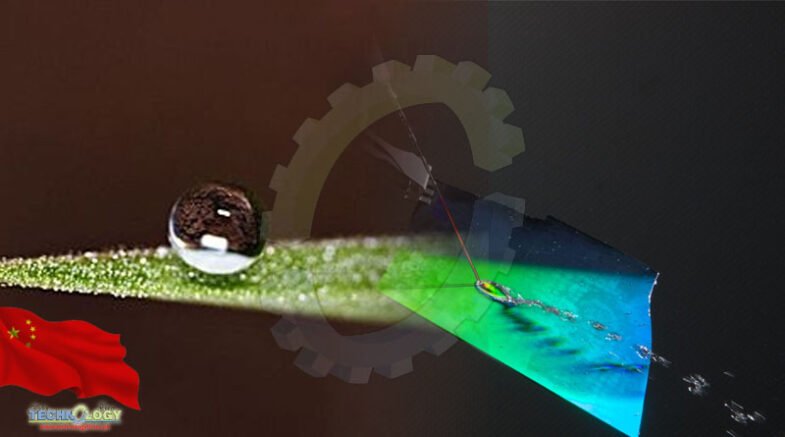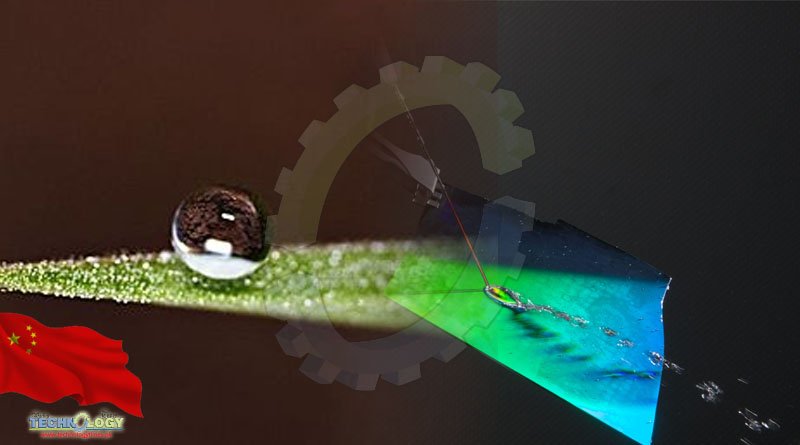The intrinsic hydrophilicity, liquid adhesion, surface contamination, corrosion resistance, and ice over phenomena of metallic materials greatly restrict their wide utilizations.

The intrinsic hydrophilicity, liquid adhesion, surface contamination, corrosion resistance, and ice over phenomena of metallic materials greatly restrict their wide utilizations.
Given the unique interfacial phase contacts and water repellency properties, Lotus leaf-inspired superhydrophobic surface and Pitcher plant-inspired liquid-infused slippery surface are promising candidates for multi-functional applications. But which of the two surfaces performs better remains unclear.
Recently, Associate Professor ZHANG Binbin from the research team led by Prof. DUAN Jizhou at the Institute of Oceanology of the Chinese Academy of Sciences (IOCAS) systematically compared the superhydrophobic and liquid-infused slippery surfaces with special wettability. This study was published in Langmuir on Sept. 7.
The researchers prepared superhydrophobic and lubricant-infused ultraslippery surfaces through chemical etching, low surface energy molecule grafting, and lubricant oil infusion. Then they compared the surface wettability, self-cleaning, anti-icing, anticorrosion behaviors, and mechanical durability to study the functional differences and mechanisms.
They found that both superhydrophobic and lubricant-infused ultraslippery surfaces exhibited evident self-cleaning ability, ice over delay effect, marked decrease in the ice adhesion strength and distinct increase in charge-transfer resistance.
”Most notably, given the existence of a stable, defect-free, and inert lubricant-infused layer, the lubricant-infused ultraslippery surfaces possess superior mechanical robustness against abrasion/knife scratching damage and better long-term corrosion resistance,” said ZHANG.
The above research work was supported by the National Natural Science Foundation of China, the Youth Innovation Promotion Association Chinese Academy of Sciences, the 2020 Open Projects of Key Laboratory of Advanced Technologies of Materials, Ministry of Education of China.
Source Mirage news
